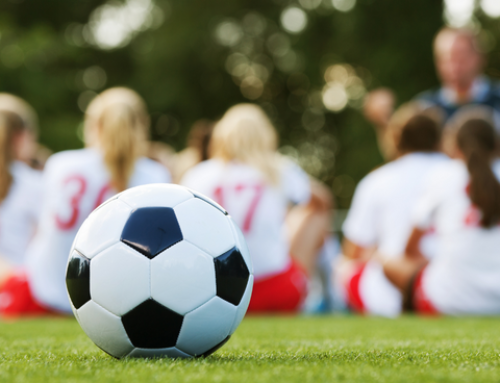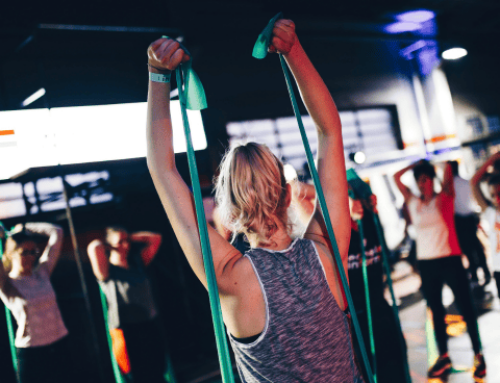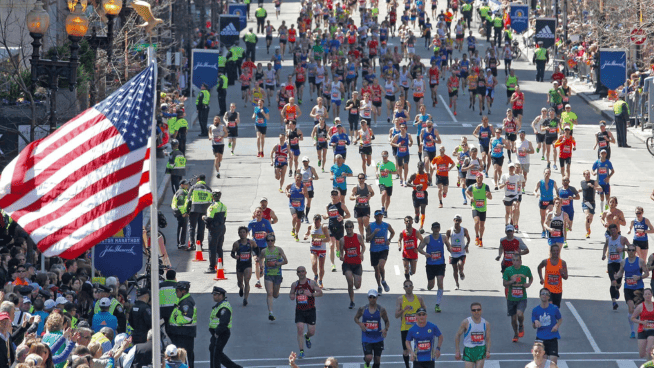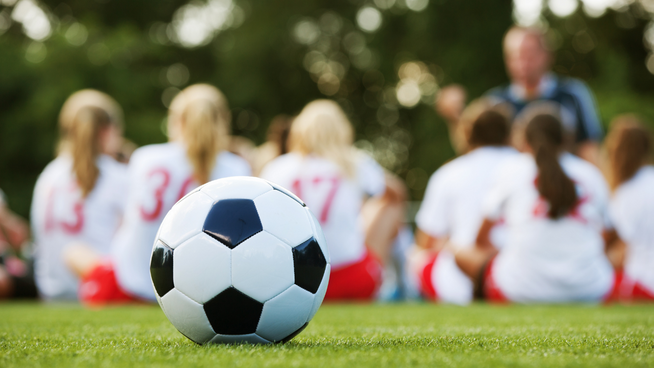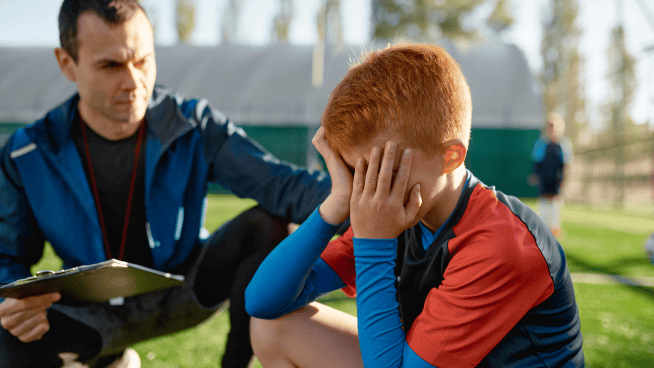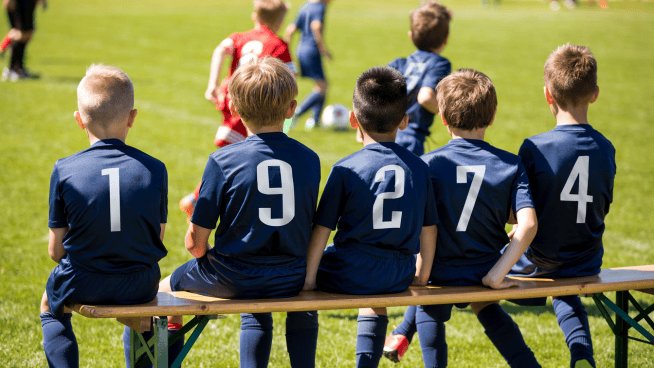How Coaches Can Avoid Overthinking Workout Program Creation
One thing I’ve noticed during my career as a strength coach is that this industry is a world of extremes. Some crowds think being a meathead is what it’s all about, and the minute you let up on intensity, you should question your life. Another crowd thinks the big lifts are the Holy Grail, despite the proven efficacy of many other movements. And some people—both trainers and lifters—spend so much time diagnosing, correcting and nitpicking movement patterns that they forget to actually train. These folks suffer from analysis paralysis.
No doubt these coaches are well-intentioned. But they let their knowledge get in the way of creating effective programs. At a certain point, they are working around so many different issues that their programming suffers. At that point, their athletes’ results begin to diminish. Yes, we need to be aware of things to train around and exercises that might be problematic, but we need to do so carefully.
It’s Difficult to Completely Fix a Person
At the end of the day, there’s no such thing as a perfectly balanced individual. Endlessly seeking the perfect corrective or complete structural balance leads you down a path of continued frustration, conflicting research and minimal training results.
Life happens in front of us. Even if you are a corrective exercise machine, I’m 100 percent certain that after your client leaves the gym, he or she does things that promote imbalances, poor posture and joint stress. The carryover to daily life is there, but it’s limited—especially when time spent actually training to prevent these things is limited to four or five hours out of a 168-hour week. It may be more efficient and effective to focus on actually lifting to improve general strength and conditioning than to obsess about fixing issues.
Just Lift
Training using traditional movements is of prime importance, and it can do a lot to correct dysfunction as long as good techniques are practiced. Sometimes, it’s not that a joint or a certain stabilizing muscle is weak, it’s that the individual is weak. It’s a noteworthy distinction and worth remembering. Spending too little time making the body work hard and deal with heavy loads lowers the potential for the SAID principle (Specific Adaptation to Imposed Demands) to take effect, and limits the body’s ability to grow stronger, bigger and less susceptible to injury. You’d be surprised at what can change by simply focusing on improving overall strength. The big compound movements are key, but some isolated movements like horizontal pulls, dumbbell exercises, and core training methods should also be used.
Correctives Still Have Their Place
My aim in this article is not to bash correctives. It’s more about avoiding their overuse. Hyper-analyzing every discrepancy that exists in the human body can get you nowhere real quick. It’s smarter to keep correctives as tools in your toolbox, to use when the time and place fits. There’s something to be said for trying your best without the use of correctives first, instead of running to them immediately as a scapegoat or crutch—and as a substitution for hard work. Think and train intuitively to help your athletes get their best workout in the gym, and get better results outside of the weight room.
RELATED:
RECOMMENDED FOR YOU
MOST POPULAR
How Coaches Can Avoid Overthinking Workout Program Creation
One thing I’ve noticed during my career as a strength coach is that this industry is a world of extremes. Some crowds think being a meathead is what it’s all about, and the minute you let up on intensity, you should question your life. Another crowd thinks the big lifts are the Holy Grail, despite the proven efficacy of many other movements. And some people—both trainers and lifters—spend so much time diagnosing, correcting and nitpicking movement patterns that they forget to actually train. These folks suffer from analysis paralysis.
No doubt these coaches are well-intentioned. But they let their knowledge get in the way of creating effective programs. At a certain point, they are working around so many different issues that their programming suffers. At that point, their athletes’ results begin to diminish. Yes, we need to be aware of things to train around and exercises that might be problematic, but we need to do so carefully.
It’s Difficult to Completely Fix a Person
At the end of the day, there’s no such thing as a perfectly balanced individual. Endlessly seeking the perfect corrective or complete structural balance leads you down a path of continued frustration, conflicting research and minimal training results.
Life happens in front of us. Even if you are a corrective exercise machine, I’m 100 percent certain that after your client leaves the gym, he or she does things that promote imbalances, poor posture and joint stress. The carryover to daily life is there, but it’s limited—especially when time spent actually training to prevent these things is limited to four or five hours out of a 168-hour week. It may be more efficient and effective to focus on actually lifting to improve general strength and conditioning than to obsess about fixing issues.
Just Lift
Training using traditional movements is of prime importance, and it can do a lot to correct dysfunction as long as good techniques are practiced. Sometimes, it’s not that a joint or a certain stabilizing muscle is weak, it’s that the individual is weak. It’s a noteworthy distinction and worth remembering. Spending too little time making the body work hard and deal with heavy loads lowers the potential for the SAID principle (Specific Adaptation to Imposed Demands) to take effect, and limits the body’s ability to grow stronger, bigger and less susceptible to injury. You’d be surprised at what can change by simply focusing on improving overall strength. The big compound movements are key, but some isolated movements like horizontal pulls, dumbbell exercises, and core training methods should also be used.
Correctives Still Have Their Place
My aim in this article is not to bash correctives. It’s more about avoiding their overuse. Hyper-analyzing every discrepancy that exists in the human body can get you nowhere real quick. It’s smarter to keep correctives as tools in your toolbox, to use when the time and place fits. There’s something to be said for trying your best without the use of correctives first, instead of running to them immediately as a scapegoat or crutch—and as a substitution for hard work. Think and train intuitively to help your athletes get their best workout in the gym, and get better results outside of the weight room.
RELATED:


